


















liens are the ultimate mystery.

Humans for a long time have marveled at the possibility of life somewhere far off. To understand the likelihood of beings elsewhere, scientists must first understand how people came to be on Earth, explained Paul Davies, a theoretical physicist at Arizona State University.
“There are different variations of the theory of how life came to be, and scientists can’t quite agree just yet,” Davies said. “But the most popular theory is called ‘RNA World.’
Long ago -- about 3–4 billion years ago -- the earth was a much different scene than it was today. It was covered in a large, hot ocean that contained many different organic compounds known

as ‘primordial soup.’ And somewhere in this primordial soup, a bunch of nucleotides came together to make some RNA. Now, most of this RNA was not very stable, but some of them were stable enough so that they could add enough nucleotides faster than they could degrade. This created the first self replicating RNA and eventually evolved into more complex organisms.”
Some think that life could already exist, or have existed in the past, right here in our very own solar system. While most of our neighbors have some extreme conditions, a few have some peculiar features that have a chance of supporting life, says David Spiegel, a former exobiologist.
“The best candidate in our solar system to support life
is Europa, one of Jupiter’s four main moons,” Spiegel said. “Its outer layer is bombarded with harmful radiation and unreasonable living conditions. But underneath its initial layer is a massive ocean filled with liquid water. Its energy source would not have to come from photosynthesis, of course, but rather from chemical reactions. Another similar candidate is Enceladus, one of Saturn’s moons. As to the question of whether life could have existed in the past, many suggest that Mars may have supported living organisms billions of years ago when it had liquid oceans.”
So far though, the Earth is the only place in the universe confirmed to have life on it. We can look at the traits of our planet to figure out conditions that life could
“Since Earth is the only known planet with life, we can only assume that whatever planet that hosts life must be somewhat like earth,” Davies said. “The first thing we need are essential elements, such as carbon. There is carbon in every life form. We also need liquid water, and a source of energy. On earth, that energy comes mostly from the sun. There are some other factors, such as a stable environment. An atmosphere would help greatly in this regard. Of course, as far as we know, it requires a fair amount of luck as well.”
Of course, there exists a faraway world outside of our solar system, with other planets and moons and star systems. Some believe the answer can be found in “Super Earths.”
“Super Earths are a type of exoplanet, a planet outside of our solar system, that is larger than Earth but smaller than Neptune,” Spiegel explained. “They aren’t necessarily similar to Earth, but a portion of them are thought to have similar conditions to our own planet that could possibly support life. For example, Kepler 186f has a relatively similar mass as the earth and is thought to have liquid water. It’s also in its star’s habitable zone, or ‘Goldilocks Zone,’ where there is just enough energy coming from its star to retain a reasonable temperature on its own.”

The discovery of alien organisms would be a massive accomplishment and a big leap in science, but exactly how this would impact humanity is entirely up to speculation.
“However it happens, IF it happens, it would definitely make headlines and be a massive advancement in science,” Davies said. “There are deeper studies on exactly this scenario, but I’ll just tell you what I personally think. I would say that finding microorganisms on places other than the earth would be very exciting, since we would know, you know, we aren’t alone in the universe. However, finding intelligent life forms would be kind of scary since it means we are
no longer special, and that well, this is a bit of a stretch, but MAYBE we are at a risk of invasion.”
Exobiology is an exciting world. Spiegel has some words of wisdom for anyone interested.
“Just do what you love,”
Spiegel said. “Research online. Visit a scientist. It really is a fun subject. I hope you have as good of a time as I do. Whether you are terrified at the prospect of alien discovery or excited, we can’t do much else but try. After all, in the cosmic sense, our home is merely a pale blue dot. How could it hurt to say hi to our neighbors?”
After all, in the cosmic sense, our home is merely a pale blue dot. How much could it hurt to say hi to our neighbors?
-David Spiegel, Former Exobiologist



While the exact occurances of the early universe are unknown, many scientists agree the world came about from a big bang. Below is a cosmological model of the universe in its early stages.
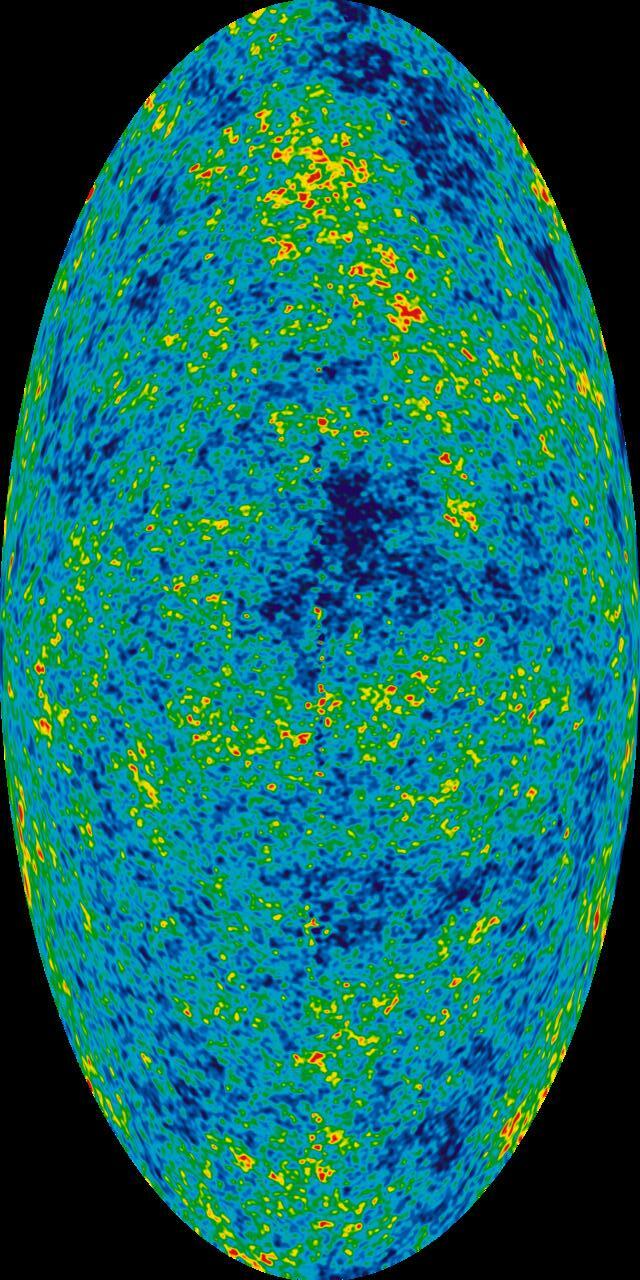

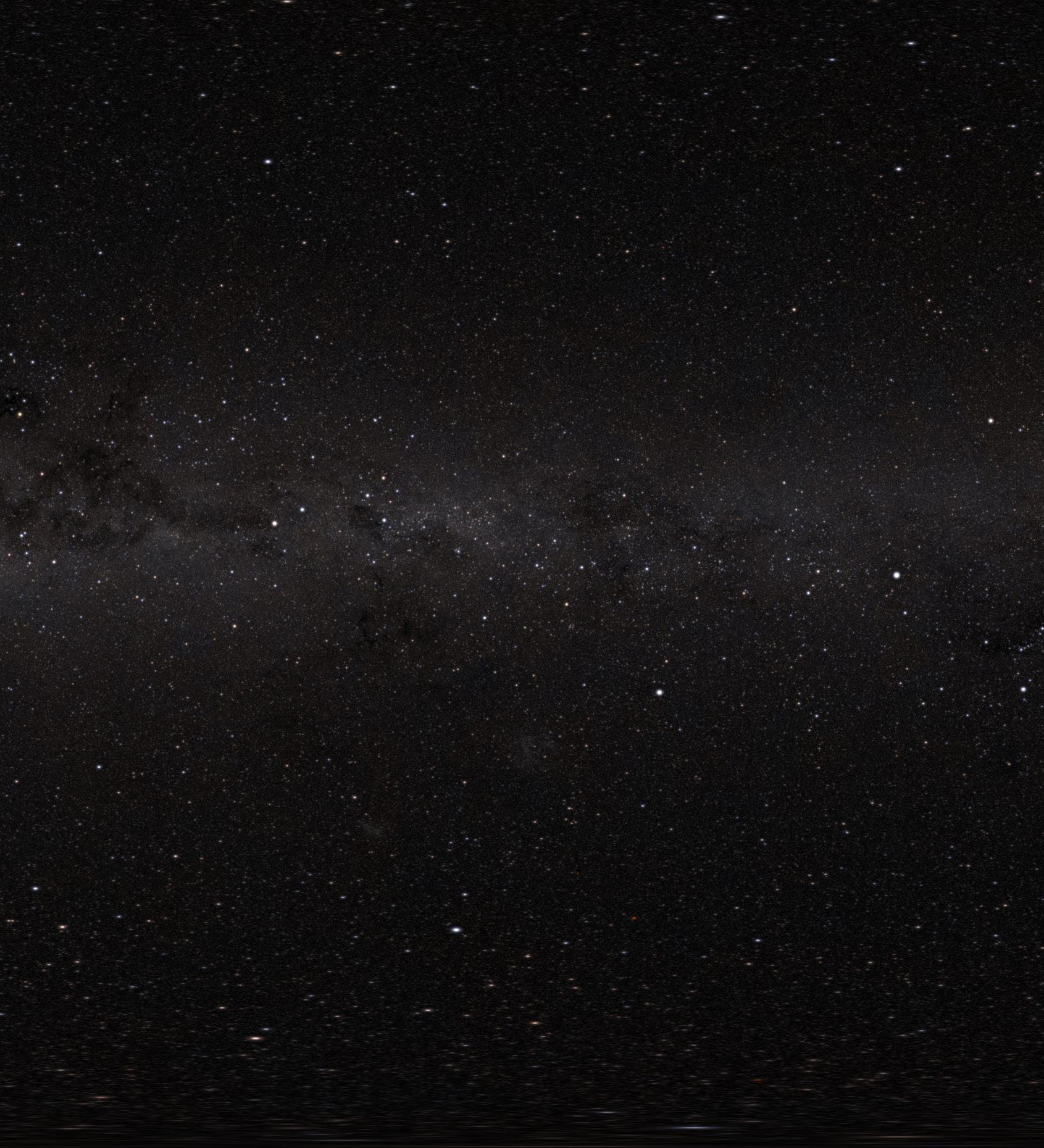


aking up and seeing the earth from afar. Floating around in zero gravity, Being crammed into a small confined space with 4 other people. Welcome to the life of an astronaut. Space exploration is all about exploring the unknown, and astronauts are the people that can help us learn more about the huge universe that we live in. They are able to go out and explore the vast universe we live in, and teach us about things that we wouldn’t have known otherwise. Going up into space takes extensive training and knowledge. For 72-year-old former NASA astronaut Ken Cameron becoming an astronaut was a lifelong process.
“How long does it take to become an astronaut and advice for selection.” Cameron said, “Well, it took me my whole life.”
Everybody has a starting place in which they get interested in something. For Cameron, it was the same appeal for flying which got him interested in the space agency.

“What got me into space flight is the same thing that got me into flight in general.” Cameron said, “It was just Airplanes, balloons, rockets, going flight, faster, higher, exploring new ways to do normal things, so the space program had all of that.”
His curiosity of seeing how things worked and were out together played a big part in getting him interested in working with STEM
“I don’t remember ever not being able to take some-

thing apart, and not being able to put it back together.” Cameron said, ”It just turned into a learning experience, and that kind of provided, not only satisfaction of my curiosity, but encouragement of the new area of science.”
In order to be successful in space, astronauts have to undergo extensive training. Part of this training includes going through simulations to help prepare them for all possible scenarios. For Patrick Lemoine, this was his job for 6 years. He made
sure that the astronauts were ready to handle any failures that were thrown their way.
“Well, if the crew, the flight crew that was going to fly in space, they would be in the simulator, and we would build a like test.” LeMoine said, “we would come up with a what’s the right word, a script, where we would run this simulator with a script. And each of us would be throwing different failures at them all along the way that they’d have to solve it and react to that made use of procedures to do that.

So who cares whether you’re an astronaut or not, maybe it would be nice, But you’re already a happy person doing exactly what you want.
- Ken Cameron , former NASA Astronaut
And then if we found that hole in the procedures, then they’d go in and fix a procedure so that they could get it right.”
Accomplishing a certain task takes lots of time and practice in order to get it right. Once you complete that task it’s very rewarding to see your hard work finally paid off.
“Well, getting there is half the fun.” Cameron said, “and I really liked the part of maneuvering the orbiter or the vehicle on orbit to rendezvous with another satellite and another spacecraft

and either build something, do something, we use the robot arm, or we put people outside. And using the space shuttle as a tool to accomplish our mission is a really rewarding part of it.”
However, becoming an astronaut is not for everyone, Which is why trying new things is really important. You may think that you want to do something, but you might end up doing something completely different.
Cameron said, “You know, try scuba diving, try flying in an airplane or glider and
look at different opportunities, searching for what you really find to be most appealing.
And then pursue that.”
Once you pursue your passion , then you can succeed in something that you enjoy.
Cameron said, “So when you love doing something, the secret is, it’s not really work. The other secret is, don’t tell your boss that.”
LeMoine said, “Really was pretty cool. I had a fun 23 years. That was my dream
job and I got to do it.”
Having a dream is important in determining your life and where you want to go. For some, that may be taking the STEM route, but for others they may have a more artistic approach. However, the importance of doing what you love plays a huge part in your overall well being and happiness.
“There isn’t any one formula that says this is what

you have to do to be an astronaut.” Cameron said, “Maybe go to the website and see what the government requirements are for the job, but it’s kind of generic. So what I really think is the best course, is to find the things you really like to do, and get to be an expert at that. And why don’t you get to be an expert in something you hate? That wouldn’t make sense, right? That’d be bad. So find the thing you like, and you’re
automatically going to do it more, you’re gonna get better at it, and what happens, then you’re doing something you enjoy doing. So who cares whether you’re an astronaut or not, maybe it would be nice, perhaps it’s nice to have. Yeah, but you’re already a happy person doing exactly what you want.”

2- Extraterrestrial 4- The largest low earth orbiting space station 6- The center of our solar system 8- The farthest planet from the Sun 10- The most basic unit of an element 12- Rocky, metalic or icy bodies with no atmosphere 14- Its orbit around the sun takes 365 days
3- Our home galaxy
1- A group of stars and other interstellular matter bound by gravity 3- The closest planet to the Sun 5- People who train to go into space 7- The 6th planet from the Sun 9- A device used to observe distnat objects 11- Number of planets in our solar system 13- The North Star
he American Astronomical Society is the largest astronomical organization in the United States, a group of astronomers of over 8,000 members dedicated to the pursuit of astronomy. The society

offers many opportunities for Astronomers and the public alike to collaborate and deepen their knowledge about astronomy.
“It’s the oldest Astronomical society, certainly in the United States–” Said Dr. Burgasser, vice president of the Astronomical society.
The American Astronomical Society began in 1899, and was based in Washington, D.C.

“It would have started as a relatively small group of astronomers, maybe an order of 100 or 200–” Said Dr. Burgasser “ Now we have a membership of several 1000s, almost 10,000 people.

one of the many centerpoints of the organization, with major astronomical and scientific discoveries being announced there, such as cosmic microwave background and the detection of the first exoplanet.
“All throughout the year, we provide various professional development opportunities.” Said Dr. Burgasser. “We have a whole series on training folks on how to become a professional astronomer. What do you do to prepare to go to grad school, how do you get a job in astronomy? How do you switch from industry to academia, or the other way around?”
“One of the important missions of the American Astronomical Society is really to facilitate and help astronomers to do the discovery. Discoveries don’t come from the society, they come from the members.” Dr. Burgasser said, describing the vision of the organization.
One very important thing that the society offers to its members and the public are its meetings, which occur twice a year.
universities.
“We have a whole segment of our society that’s devoted to helping professors teach better, teach with better materials, teach with better methodologies. And, and also to kind of develop, in some cases, educational curricula, or materials that people can use in the classroom.”
The American Astronomical Society has also played a role in the formation of the 10 year astronomical survey.

“Back in the 1950s and 1960s, [the AAS] argued that the US should have an every 10 year survey of what’s


The American Astronomical Society is really to facilitate and help astronomers to do the discovery. Discoveries don’t come from the society, they come from the members. - Dr. Burgasser, Vice President of the American Astronomical Society
The American Astronomical Society also has an educational branch used to assists in schools and
“In these meetings, which can be a couple 1000 astronomers, is often where we each learn about each other’s work, where we collaborate and meet people who are doing similar things or might have complementary skills.” Said Dr. Burgasser. These meetings are
important in astronomy, what are the outstanding questions that we answer, And this is
known as the decadal survey.” said Dr. Burgasser.
In addition to the decadal surveys, the AAS also advocates with the government to fund and propose legislation about astronomy.
“We have both staff members but also astronomers that are members who are interested in policy, who will go and actually meet with senators and congresspeople who advocate for various issues.” Said Dr. Burgasser. “One example that’s an important issue right now is that there’s a lot of effort to kind of preserve dark skies. So with the increase of lights just around in cities and suburbs, but also now with the satellites … we’re losing our ability to see the night sky.”
Funding for national programs such as NASA have also been supported by the American Astronomical Society.

“We always try to encourage folks in Congress and in the Senate to continue to fund science. So the decisions to fund NASA or to fund the National Science Foundation are made every year.”
A core part of the organization is the many Scientific Journals that they have
published, with contributions from many astronomers and AAS members.
“Our main journals are called Astrophysical Journal, Astronomical Journal, and Astrophysical Journal Letters. These are all just different kinds of avenues of publication that might have slightly different focuses. So for example, I usually explain that the Astrophysical Journal is when you’re using a lot of physics to explain the universe…” Dr. Burgasser said. “The Astrophysical Journal Letters is when you have a really amazing result, and you want to write a really short paper that announces you detected gravitational waves, or you found a new planet or something like that. We have another journal called planetary science journal, which focuses specifically on both planets in the solar system, and planets outside the solar system.”
The Austin Astronomical Society is a local astronomical organization that provides outreach events, education to students about astronomy, star parties where the public is invited to watch the sky, and much more!
The Austin Astronomical Society has been growing steadily ever since its inception, and
.
now can boast upwards of 400 members all across central Texas
The Austin Astronomical Society is an organization focused around astronomy, with members and faculty set on learning, doing, and presenting astronomy.
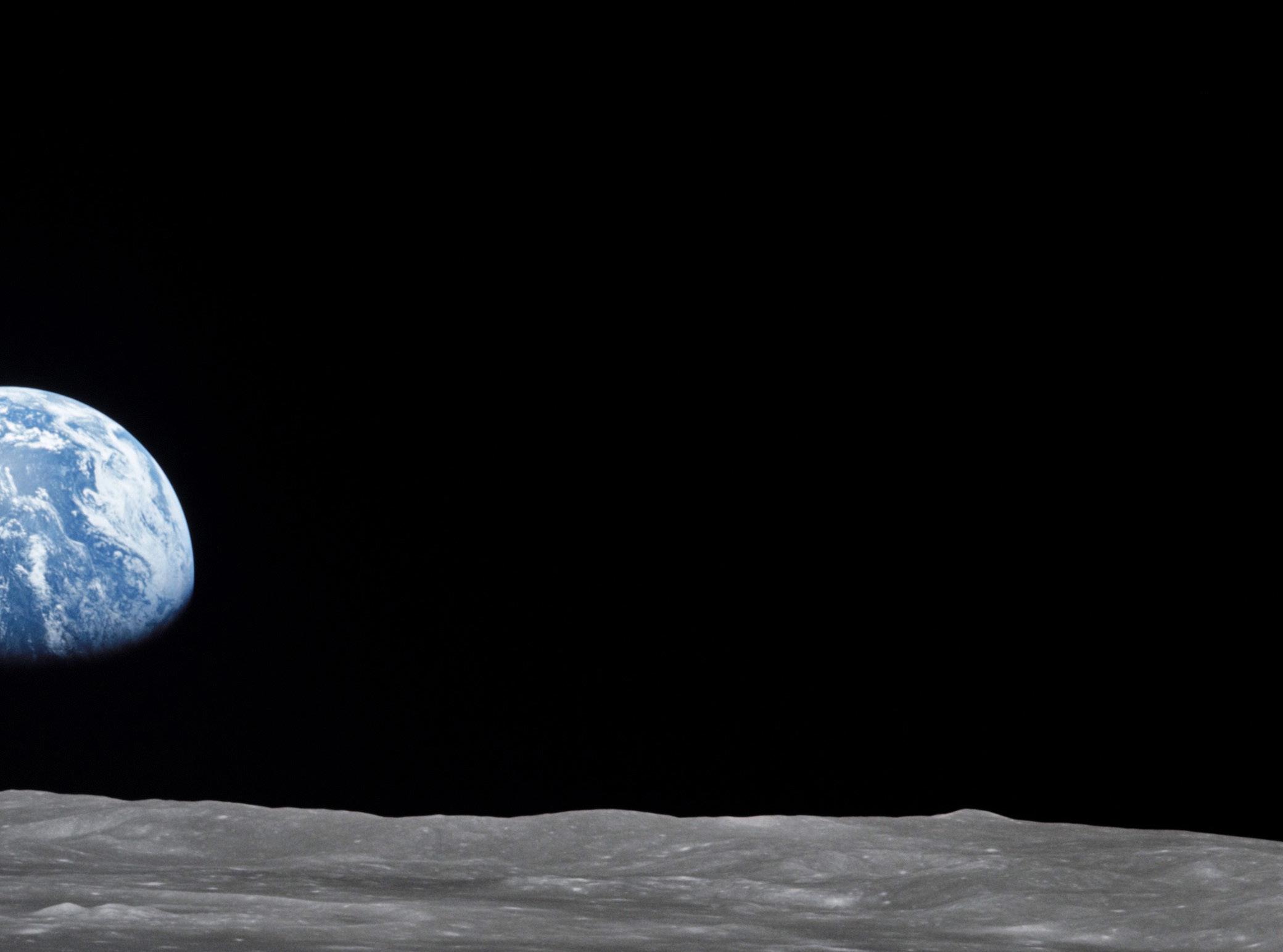
“We do outreach events, we do public star parties at Pedernales State park 10 times a year and one at inks lake park 6 times a year.” Lynch said, describing one of the key parts of the organization, their public star parties that provide presentations and real telescopes for the public to gaze through.
However not all star parties are scheduled at these set dates and times.
“We also respond to schools, libraries, neighborhood associations to come out and do star parties for them.” Said Lynch.
Lynch, President of the Austin Astronomical Society, explains more about the mission and features the organization has committed itself to.
This service also provides new opportunities for those who chose to subscribe to the membership service.
“[members] have the opportunity to go to our dark sky site … north of Lampasas … that
belongs to one of our members, and he has indicated that he is willing and does let us come out there for dark sky events, not for the public, but for our members and for astrophotography” Said Lynch.

The Austin Astronomical Society needs funding to operate, and like most organizations, dues need to be paid by members in order to stay operational.
“We are just funded by our members and a few donations, sometimes we get donations from people that we’ve done star parties for but mostly we are a dues paying organization” Said Lynch. “we have a due schedule depending on if your an individual, senior, student, family, etcetera”
Because the Austin Astronomical Society has been growing, expanding what the Organization can collectively accomplish is also a necessity.
“We spent a lot of money in the last few years on a couple of projects, so we’re trying to figure out where we’re going to get money. It’s mostly our members, but we have heard that there are also some organizations out there that might be willing to help us out”
The venera program is a series of probes launched by the Soviet Union between 1961 and 1933 with the intention of exploring earths beloved sister. The probes were launched in pairs of nearly identical probes. r
Venera 1VA was launched towards Venus on February 4, 1961.
Venera 3&4 were launched towards Venus on October 16, 1965.
Venera 1&2 were launched towards Venus on February 12, 1961.
Venera 5&6 were launched towards Venus on January 5, 1969.
Venera 8 was launched towards Venus on March 27, 1972.
Venera 7 was launched towards Venus on August 17, 1970.
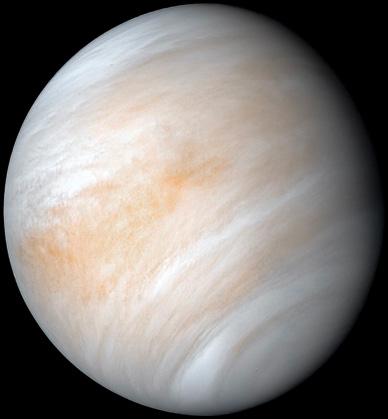
Venera 9&10 were launched towards Venus on June 8, 1975.
The record for the longest time a probe has stayed operational on the Venusian surface is 127 minutes, or a little over 2 hours! The record was set by the Soviet Union’s Venera 13 probe.
Venus has a pretty unusual day and night cycle. It has a day is longer than its year! Venus, with a day as long as 243 Earth days, is 18 Earth days longer than its year.
Venera 12&13 were launched towards Venus on October 30, 1981.
Venera 15&16 were launched towards Venus on June 2, 1983.
Venera 11&12 were launched towards Venus on September 9, 1978.
All info from Space.com.
All graphics by Jack WardenIn November, the National Aeronautics and Space Agency (NASA)’s Artemis I concluded its journey from the moon back to Earth, and in July, SpaceX’s Cargo Dragon delivered new supplies to the International Space Station. There have been more domestic rocket launches from NASA these past few years, all of this is due to NASA giving government contracts to private companies.
In the 2010s NASA had a big dilemma with getting into space. After the conclusion of the Space Shuttle Program, NASA had no solid program that would follow-up on the Space Shuttle Program. Instead, NASA relied on the Russian Soyuz-FG and Proton rockets in order to get to the International Space
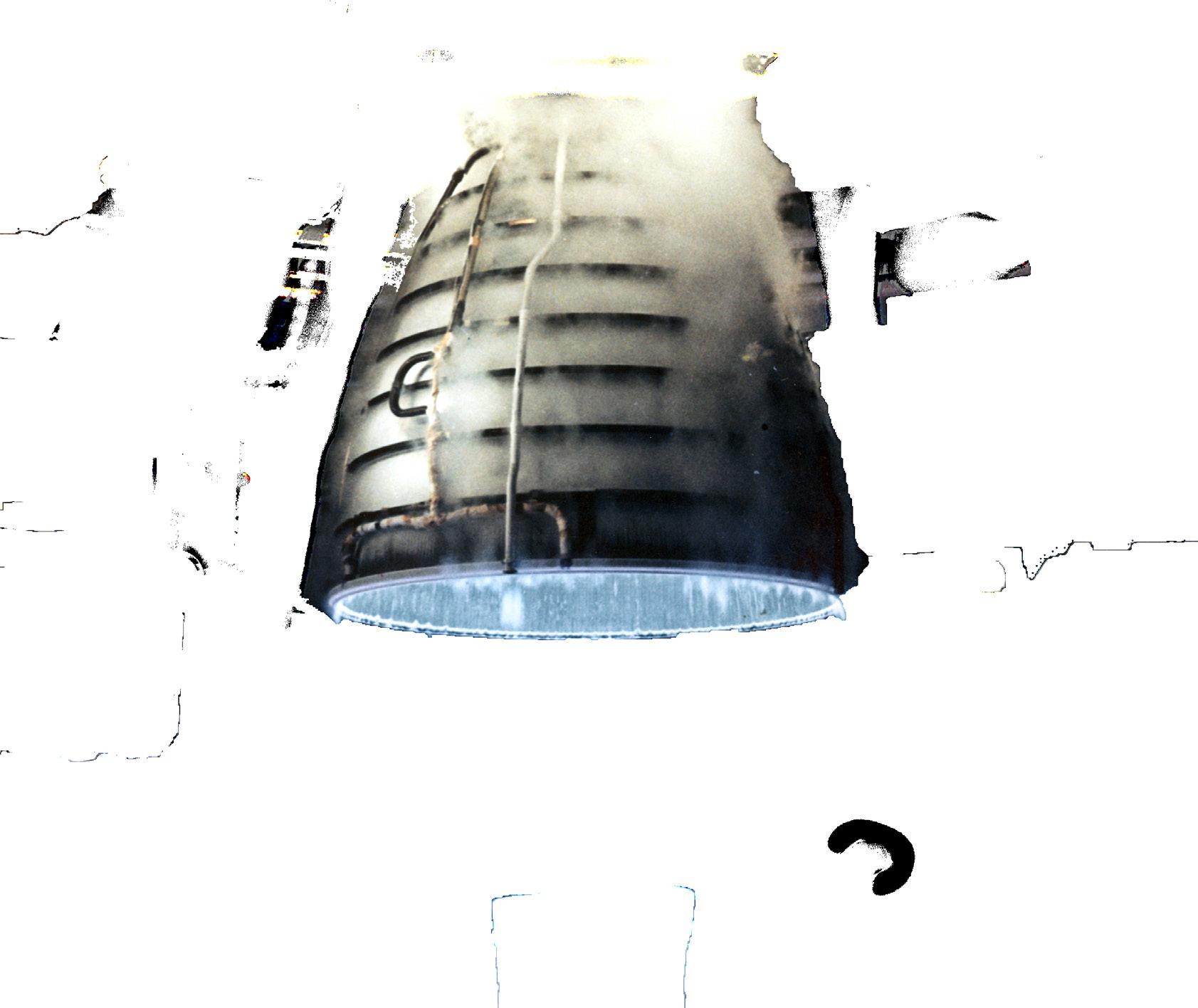
Station. During this time, the United States government decided that they would give government contracts to certain manufacturing companies, in order to create rockets. These government contracts can be seen in things like: SpaceX’s Dragon used to transport astronauts and cargo up to the International Space Station and the many companies that have contributed to the Artemis Program. These manufacturers help by paying for the rockets themselves and then the government pays the contract and uses the companies rocket for itself. NASA also needs the manufacturers in order to cover the financial costs. As of right now all of the money NASA spends is given to government contractors and through grants.

Rockets are expensive, really expensive. “As time has progressed, the price of manufacturing parts for a rocket has skyrocketed,” said Tat’yana Berdan, a media relations specialist for Lockheed Martin.. “companies like Lockheed Martin are necessary for NASA because of financing”.
Though the inflow of private companies working with NASA may be due to more money being paid “Back in the day, Martin Marietta and the Martin Company(the former companies which merged) were paid significantly less than what Lockheed Martin is being paid” Said Berdan.
Since NASA’s peak percentage of 4.41% the federal budget, NASA has gotten smaller and smaller pieces of the pie, standing around .50% in recent years.
The next known NASA or NASA contracted mission will be NASA’s Boeing crew flight test in April 2023, this will test Boeing against the competition. Next is SpaceX’s crew-7 mission which will deliver a new batch of American astronauts to the ISS. Then the Artemis II which is scheduled to launch in May of 2024. This launch will be the first human manned flight since the Apollo program.
Relations SpecialistLockheed Martin has been a major contributer to the Artemis Program and a partner with NASA. Together we will achieve so much.
-Tat’yana Berdan, Lockheed Martin Media
Rockets are a very recent invention. Since Cold War to today, the United States has tried to get man in to space faster and further. In the infographic, the lengths represnt the maximum velocity that rocket has reached. All of the data comes from NASA

The V2 Rocket is the ancestof of all modern rockets, originally created by Nazi scientists as a terror weapon, the rocket was taken by the United States inorder to reverse engineer and study it.
The Mercury-Redstone was the first rocket used to by United States to carry humans into space and used to experiment with the conditions of space.
The Saturn V rocket was used by the US for the Apollo mission, where NASA researched and eventually landed on the moon
The Space Shuttle was used by the US for the sole purpose of reaching the Internatinal Space Station, resulting in a more reusable rocket
The Space Launch System is being used for the Artemis Program, in which NASA intends to set up an space station in lunar orbit
The Big Crunch










